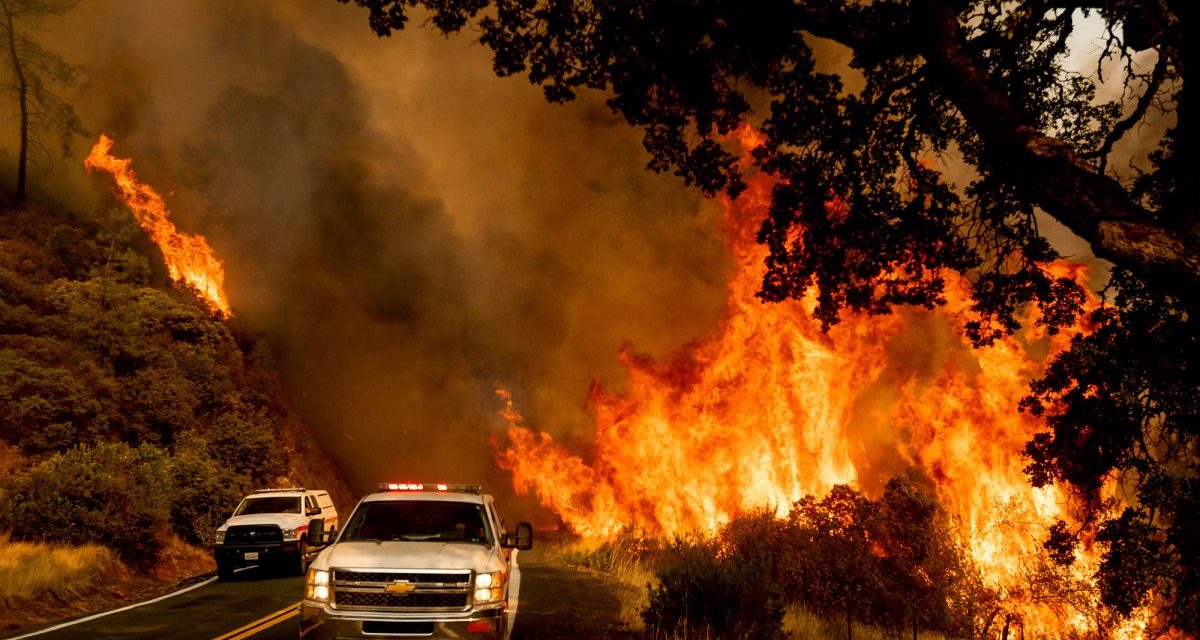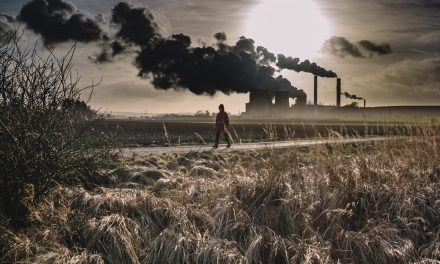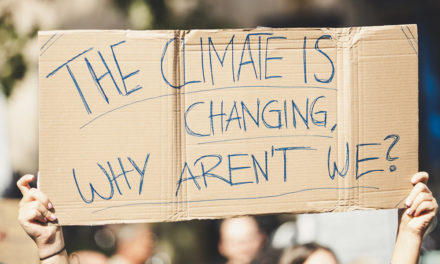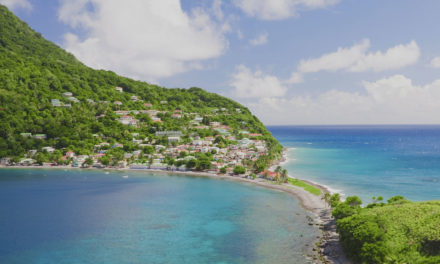The 2020 fire season has been record-breaking. Extreme temperatures and severe droughts, as a result of a climate change, have created a world that’s ready to burn. After months, although mostly under control, California is still battling a series of blazes. Not only has the total amount of acres burned reached over three million, but six of the top 20 largest wildfires in the history of California have been recorded this year.
Record dry weather and soaring temperatures hit the Western US in late 2019 and continued into February 2020. California was then the first state to declare a state of emergency in March due to a mass die-off of trees throughout the state, which could potentially increase the risk of more wildfires in the region.
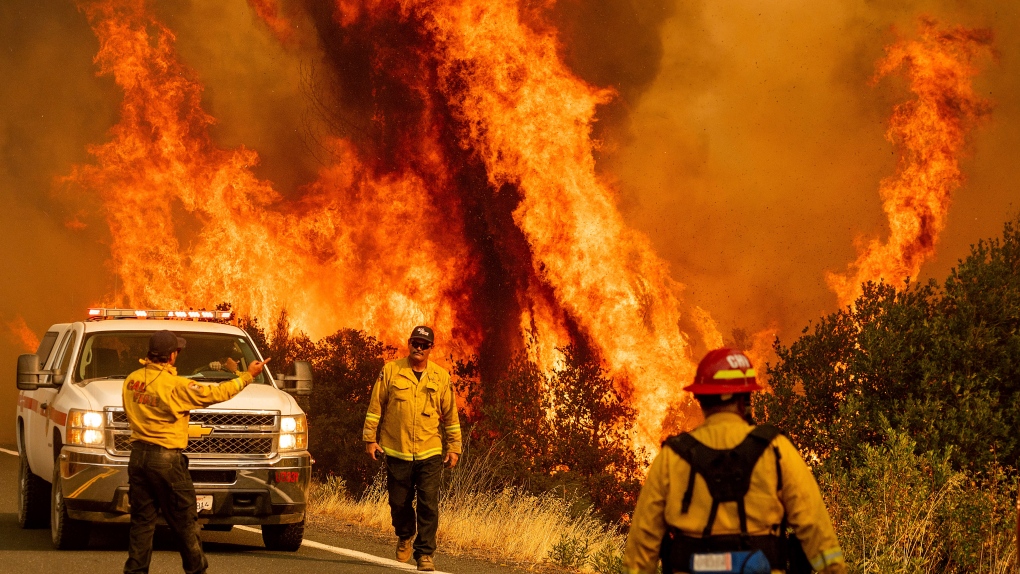
The August Complex fire, a massive wildfire burning in Northern California, officially became the largest blaze in Californian history, burning more than 471,000 acres. The two other California blazes claiming a spot in the record books are the SCU Complex fire east of the Bay Area having razed 396,000 acres, and the North Bay LNU fire with 363,000 acres burned.
The 2020 fire season has proven catastrophic as blazes continue to create mass devastation in several regions worldwide.
Read more: California Blazes Wreak Havoc
Fires Terrorise the Amazon
Preserving the Amazon rainforest is of global importance in the fight against climate change. However, the area is under threat from forest fires, mostly started to clear land for agriculture.
A worrying number of fires were detected in Brazil’s Amazon. In the first seven months of 2020, more than 13,000sq km (5,019sq miles) of the Amazon was destroyed. This is more than eight times the size of London, putting Amazonian fires this year at the second-highest level since 2010.
The number of forest fires in the Amazon regions of Colombia, Peru and Venezuela is also higher than this time last year. For Amazonian countries, mining and agriculture are accelerating deforestation, and as a result, forest fires are rife.
Australia Burns
Dozens of fires erupted in New South Wales, Australia, prompting the government to declare a state of emergency in November 2019. On January 3rd, officials warned that conditions would worsen over the following few days. By January 10th, another round of massive evacuations began across the hardest-hit regions due to dangerous winds fanning the flames. The timing and intensity of the fires were unprecedented.
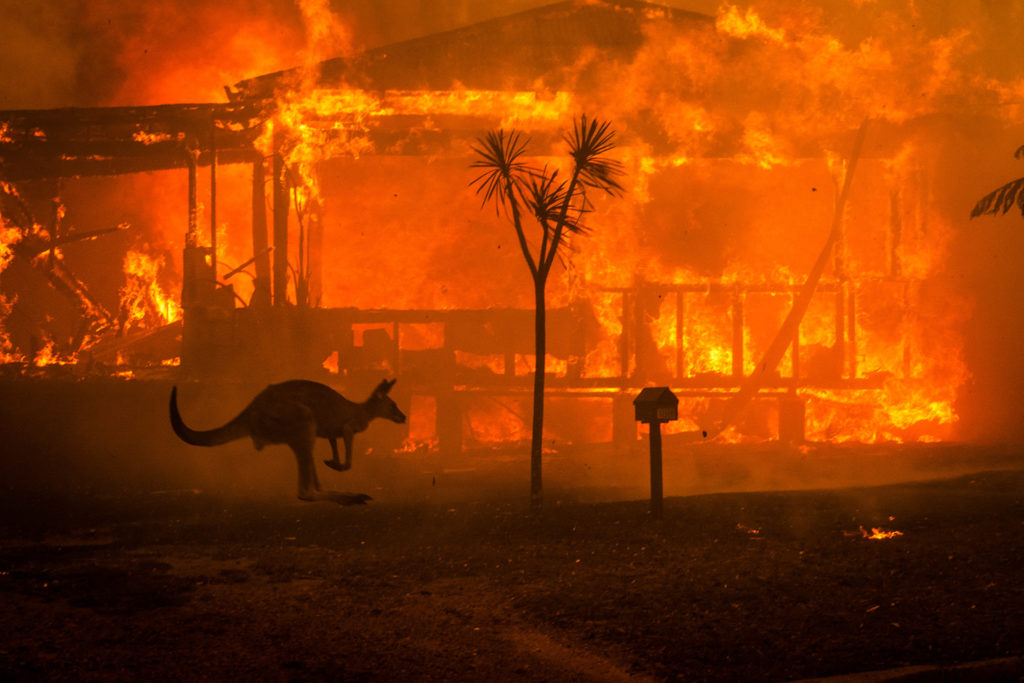
Fires raged near the Australian capital Canberra for weeks – at one stage shutting the city’s airport as flames approached the perimeter. Victoria, where fires have burned 1.2 million hectares, extended their “state of disaster” for the worst-hit areas from January 2nd to 11th.
To date, the Australian fires have ravaged more than 115,000 square kilometres (44,400 square miles) of drought-stricken bushland and forest across Australia. They have destroyed thousands of homes, killing or displacing nearly three billion animals.
Fires Further Afield
Other notable fires this year have been the Uttarakhand forest fires in India that eventually gutted over 51 hectares across multiple districts of Uttarakhand.
Then the Siberian wildfires in Russia, where abnormally warm temperatures, sometimes reaching 100.4 °F (38.0 °C) well inside the arctic circle, have spawned an intense fire season in eastern Siberia this summer with fires consuming 14 million hectares (35 million acres).
Finally, the 2020 Chernobyl Exclusion Zone wildfires were a series of blazes that began raging inside Ukraine’s Chernobyl Exclusion Zone in April 2020.
Biggest Wildfire in History
On June 1st 1950, the Chinchaga Fire in British Columbia, Canada, started as a relatively small blaze that developed into a wildfire of such monstrous proportions that the thickness of the smoke looked like an atomic bomb had detonated. Many believed that the west was at war with Russia. The fire raged for five months, finally ending on October 31st in Alberta. In that time, it burned approximately 1.2 million hectares (3 million acres) of the boreal forest.
Feature Image: CalMatters.org
- Britain Set to Release the First Approved COVID-19 Vaccine in Coming Weeks - 6th December 2020
- 11 Most Cinematic Couples to Ever Grace the Silver Screen - 18th November 2020
- Iconic Brands That Have Prospered for Over 100 Years - 16th November 2020

